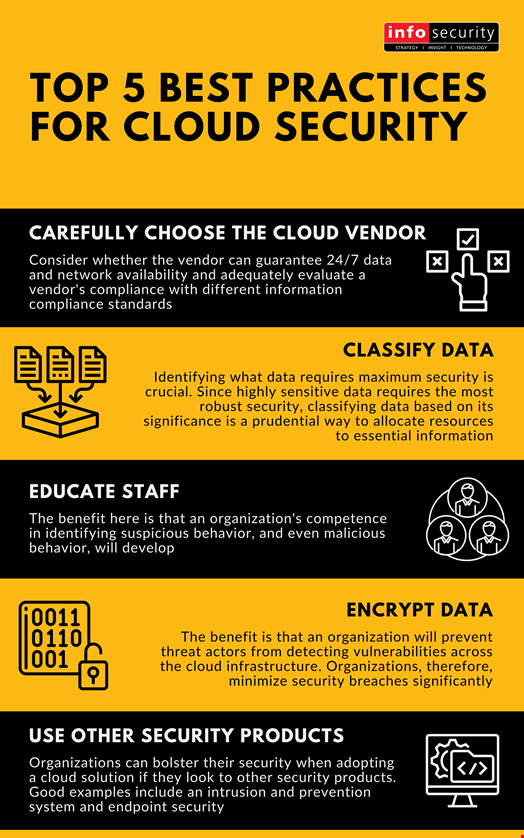The shift to hybrid working has presented numerous obstacles. Arguably the biggest obstacle is the need to implement a cloud solution, a need that has only surged due to the pandemic. 'Digital transformation' has become a buzzword over the last few years, with SMEs and larger businesses moving their operations to the cloud. Yet, the pandemic has expedited the already existing trend to work remotely.
Interestingly, Microsoft CEO Satya Nadella made the stark claim that the company saw two years of digital transformation in just two months since its customers started to adopt cloud solutions. The main reasons for this shift are that adopting a cloud solution enables software, services and infrastructure to be accessible from any device. It also provides easy mobile access and easy recovery, and there is an environmental advantage since you reduce environmental waste.
Yet, the cloud adoption sprawl doesn't come without its challenges. With many more devices connecting to multiple networks, the attack surface can increase exponentially. Consider the 2020 Remote Work From Home Cybersecurity Report, which found that 69% of organizations had severe concerns over security risks introduced by workers. Additionally, 59% of organizations had concerns over employee awareness, 56% had concerns over insecure home WiFi networks and 43% were concerned about unsecured personal devices. Two other major concerns are misconfiguration and unpatched bugs.
Fortunately, there are best practice guidelines to ensure that cloud adoption comes at a minimum security risk. Here are the top five best security processes when adopting a cloud solution.

-
Carefully Choose the Cloud Vendor
There are many vendors, and choosing the right one for your organization is an arduous task. To ensure your organization picks the most secure cloud provider, they should consider, at the very least, whether the vendor can guarantee 24/7 data and network availability and adequately evaluate a vendor's compliance with different information compliance standards.
-
Classify Data
Securing cloud data should be the prime aim for organizations. Identifying what data requires maximum security is crucial. Since highly sensitive data requires the most robust security, classifying data based on its significance is a prudential way to allocate resources to essential information. Given the challenges of consistently assigning security standards across all data, investing in data classification software can be crucial.
-
Educate Staff
Educating staff members on current and emerging cloud security trends is vital if an organization plans to adopt a cloud. The benefit here is that an organization's competence in identifying suspicious behavior, and even malicious behavior, will develop. With many organizations overlooking this critical step, they fail to utilize the benefits of cloud adoption fully.
-
Encrypt Data
Data encryption is vital for the sake of developing security across a cloud infrastructure. The benefit is that across the cloud infrastructure, an organization will prevent threat actors from detecting vulnerabilities. Organizations, therefore, minimize security breaches significantly.
-
Use in Conjunction With Other Security Products
Organizations can bolster their security when adopting a cloud solution if they look to other security products. A good example is an intrusion and prevention system. Here, the system can monitor the cloud and network for signs of intrusion and can prevent unauthorized access. Another example is endpoint security, ensuring stringent security policies are rightly extend to devices like laptops and mobile phones.
